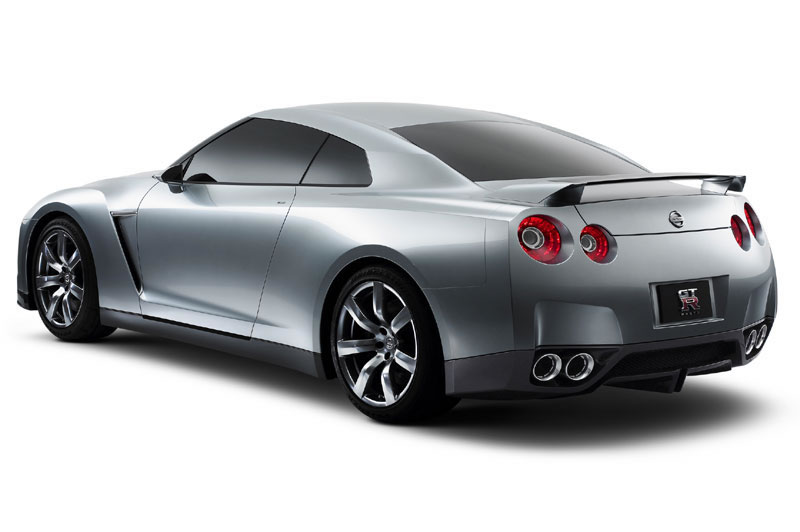
Nissan Z enthusiasts are really going to enjoy the all-new 370Z model with more cutting-edge styling, more power, more performance and an interior that is more refined and loaded with the latest creature comforts and safety systems.
In its first full redesign of the iconic Nissan Z since its re-introduction as a 2003 model, nearly every piece and component has been rethought or redesigned-shorter wheelbase, greater use of lightweight body materials, new engine with more horsepower and improved fuel economy, a new 7-speed automatic with paddle shifters, a world’s first synchronized downshift rev matching system for the 6-speed manual transmission, new high quality driver-centered interior and new available technology features.
 The 2009 370Z’s dynamic new styling offers dual benefits-a more aggressive appearance and a lighter, tighter structure for enhanced performance. The new Z’s wheelbase is nearly four inches shorter than the previous generation and is accomplished by moving the rear wheels forward in the 2nd generation FM platform, while overall length is reduced by 2.7 inches. At the same time, the overall width has been increased by 1.3 inches, the rear track by 2.2 inches and overall height reduced by 0.3 inches, giving the 370Z a much more aggressive stance.
The 2009 370Z’s dynamic new styling offers dual benefits-a more aggressive appearance and a lighter, tighter structure for enhanced performance. The new Z’s wheelbase is nearly four inches shorter than the previous generation and is accomplished by moving the rear wheels forward in the 2nd generation FM platform, while overall length is reduced by 2.7 inches. At the same time, the overall width has been increased by 1.3 inches, the rear track by 2.2 inches and overall height reduced by 0.3 inches, giving the 370Z a much more aggressive stance.
The more compact exterior dimensions and expanded use of lightweight materials help reduce weight. For the first time, the Z features aluminum door panels, along with an aluminum hood and an aluminum hatch. At the same time, the body structure was extensively revised, improving front body torsional rigidity by 30%; a new front suspension cradle to reduce front body lateral bending; new rear structural reinforcements; and an underbody ‘V-bar’ to help reduce rear lateral bending. Other enhancements include the use of a carbon fiber composite radiator housing and strengthening of the rear fender and hatch areas.
 Rear body torsional rigidity is improved by up to 22% and rear vertical bending rigidity is improved by up to 30%. The result is enhanced overall solidity and handling capability, it feels so tight. Even with all of the new body strengthening, the new Z is lighter than the last model.
Rear body torsional rigidity is improved by up to 22% and rear vertical bending rigidity is improved by up to 30%. The result is enhanced overall solidity and handling capability, it feels so tight. Even with all of the new body strengthening, the new Z is lighter than the last model.
Along with its new structure and stance, the 370Z has a tout new skin-one that looks completely new, yet completely Z. The exterior design incorporates intentional 240Z styling cues, a sleek aerodynamic shape, a ‘dynamic motion’ feel with a dramatic cantilevered roof (with Nissan GT-R styling cues) and a low visual gravity.
The coefficient of drag is 0.30 (0.29 with the Sport package), the same as the previous model. The new Z also maintains the previous model’s zero front lift and zero rear lift when equipped with the optional rear spoiler, thanks to extensive aerodynamic efforts-including an ‘inverse area’ front bumper design which smoothes the flow of air to the sides of the vehicle, while the rear design maximizes the control of air flow from the roof to the rear hatch. In addition, the front overhang was extended 1.2 inches and more than 200 rear quarter panel patterns were made and wind tunnel tested to counter the negative aerodynamic effects of shortening the wheelbase (versus the 350Z). The 370Z incorporates all of the signature Z elements-the long nose, canopy cockpit, muscular fenders, and vertical door handles.
























